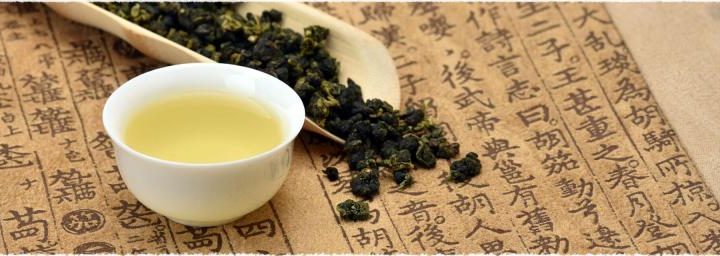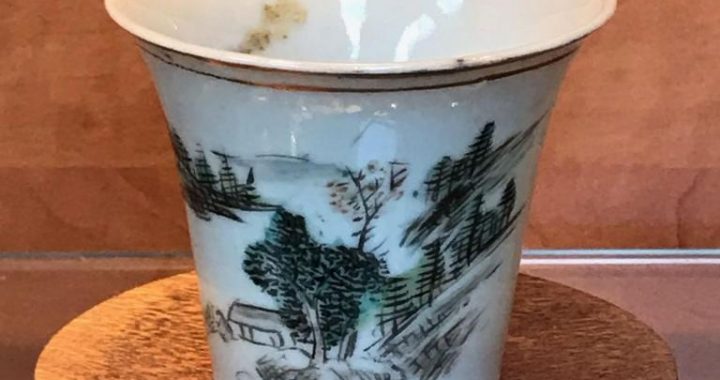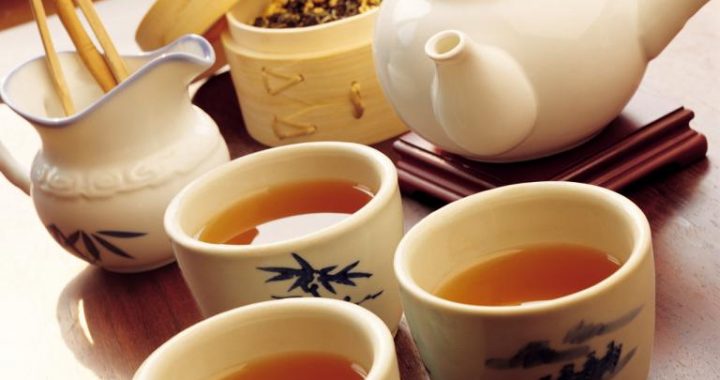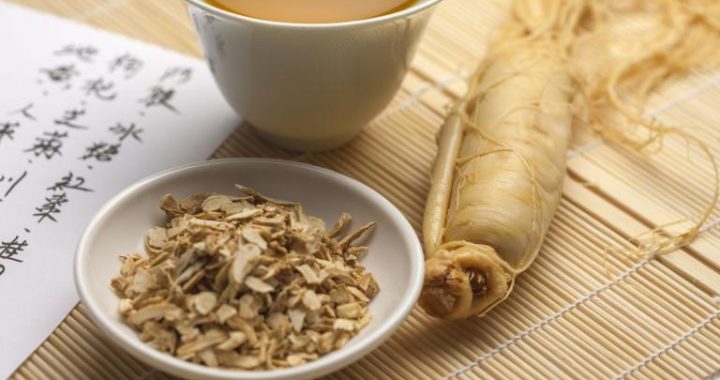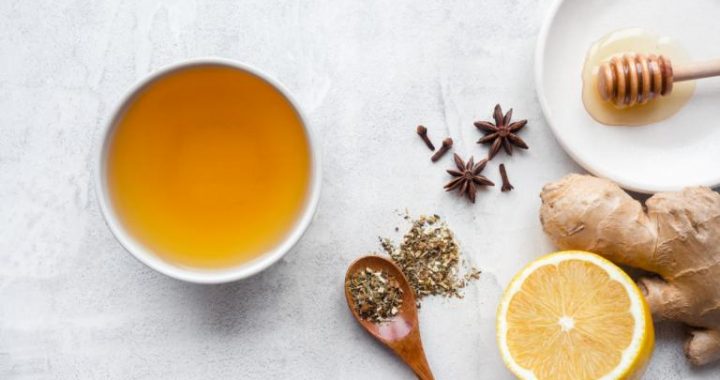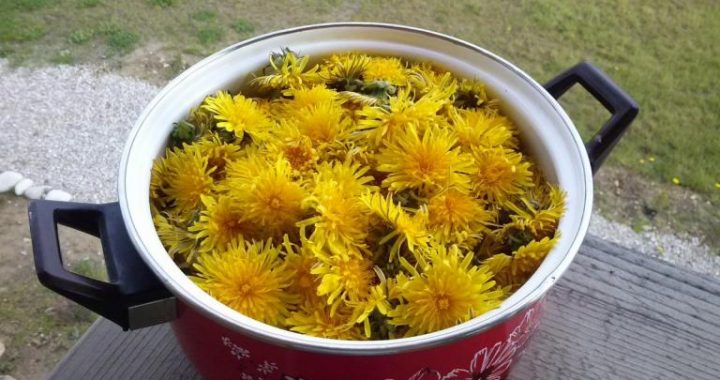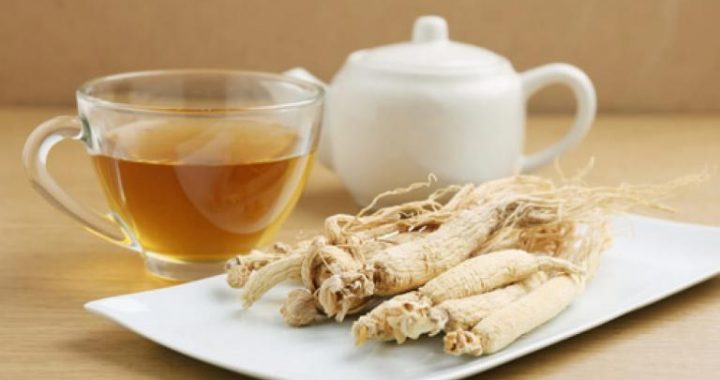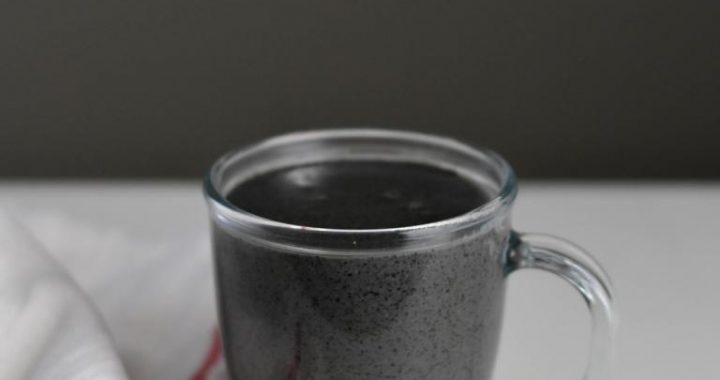How to select Pu-erh tea
4 min readSelecting Pu-erh tea is no different from selecting other kinds of tea. Keep the following steps in mind: Examine dry tea .
Examining the dry tea is the first step to determine the quality of the leaves.
Tea products are graded according to the tenderness of the sunbaked green crude tea. The more tender it is, the higher it is graded.
Judge the tenderness from three aspects. First, the quanti-ty of sprouts. Tea from multiple shoots with visible tea hair is more tender. Second, the striations(l.e. how compactly are the leaves rolled). The tighter and more solid the striations, the more tender the leaves. Third, the color and shine of the leaves.
The brighter and glossier, the more tender will be the leaves.
High-grade loose Pu-erh tea(processed tea) appears brownish-red(or deep brown), glossy with golden hair and the striations are compact and solid.
High-grade raw Pu-erh tea cake: Dark green in color with part in dark yellow. The striations are distinct, fleshy and compact with the fragrance of green tea.
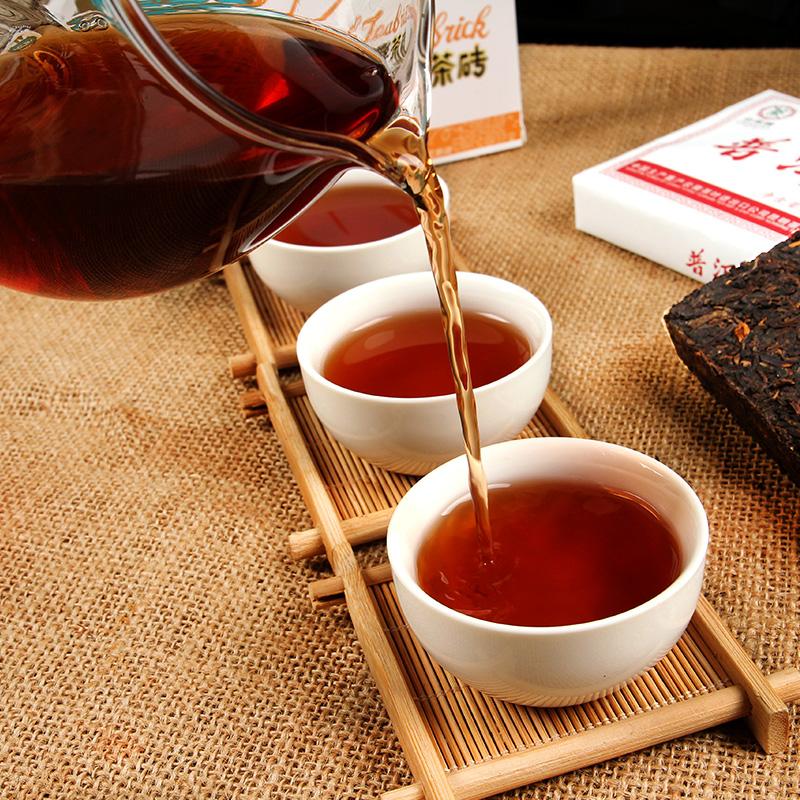
High-grade processed Pu-erh tea cake: Brownish-red. The striations are tender, fleshy and compact. Quality processed teais fragrant. If the cake smells strange and moldy, don’t buy it.
Pu-erh tea in the process of natural fermentation: The color varies from dark green to brownish-red. The striations are tender, fleshy and compact.
Examine the color of the tea liquid The color of the tea liquid is an important index of the quality. Color of raw tea liquid: Yellowish-green or golden.
Color of processed tea liquid: Brownish-red and bright. If the liquid is scarlet, the tea is of high quality. Dark red is the normal color, while light or dark yellow or orange is abnormal.
Cloudy color indicates bad quality.
Quality processed tea has little sediment and the water is bright and red. Ordinary tea has some sediment, such as broken leaves at the bottom. But if there are too many impurities in the liquid after the tea is kept for some time, beware.
Color of naturally fermented Pu-erh tea liquid: Tea liquid colors vary according to their age. Pu-erh tea of the current year is close to that of green tea-fresh and natural. Tea fer-mented for 3-5 years is apricot yellow or light red whereas tea fermented for 8-10 years is red, very similar to artificially fermented tea.
Inhale the fragrance Fragrance of processed tea: Various chemical substances reacting under the action of microbes and enzymes during post-fermentation give the tea its fragrance. Fragrance may be of date, camphorwood, longan and betel nut.
It is hard for novice tea drinkers to differentiate between mellow fragrance and moldy smell. The mellow fragrance of Pu-erh tea does not irritate the nose but is refreshing, mild and comforting, while moldy smell is irritating, impure and repel-lant. Similar to Tieguanyin of Oolong tea and the rock tea in Wuyi Mountain-both having their unique fragrance-the processed Pu-erh tea(including the completely fermented tea through natural fermentation) has an irresistible mellow fra-grance.
Fragrance of the raw tea: Raw tea smells of the sun, hon-ey, dates, camphorwood or simple freshness.
Fragrance of the naturally fermented Pu-erh tea: The fra-grant substance in the Pu-erh tea changes during natural fer-mentation.
Appreciate the taste Pu-erh tea is described as”mellow,””smooth”and with “sweet aftertaste.”
Mellow is when the taste is strong, refreshing, slightly sweet, but not very fresh or irritating.
High-grade Pu-erh tea will not dry or irritate the mouth and throat. Smoothness is the indication of good pile fermen-tation technology and is an indispensable feature of quality Pu-erh tea.
Sweet aftertaste refers to the lingering sweetness in the mouth and the whole digestive system during or hours after its appreciation. The sweet aftertaste of Pu-erh tea is differentfrom that of Oolong tea. Oolong tea is strong, so is its sweet aftertaste, while Pu-erh tea is mellow, and its sweet aftertaste is also mystically light, soothing and relaxing.
Taste of raw tea: Strong and irritating. The fragrance is changeable with layers. The raw tea with a sweet aftertaste is better. With high heat, the fragrance is sweet and light, andslightly astringent. Taste of processed tea: Mild, smooth and refined. Its aftertaste is sweet and rich, and its smell mellow.
Taste of naturally fermented Pu-erh tea: Variable, depen-ding upon the length of fermentation. The tea during fermen-tation has the taste of both raw tea and processed tea. Com-pletely fermented old tea is similar in taste to processed tea, but milder and fresher.
Examine brewed leaves To a great extent, brewed leaves reveal the secret of the raw material and the processing technique of the tea.
Brewed leaves of raw tea: Yellowish-green and bright, broken or unbroken, tough and glossy. The tea whose brewed leaves break easily when being twisted and is dark is of inferi-or quality. Brewed leaves of processed tea: Dark reddish-brown. Unbroken leaves mean better quality.
Brewed leaves of naturally fermented Pu-erh tea: Unique, especially those naturally fermented leaves of the ancient wild arbor trees. The stems and veins are clear and tough.
